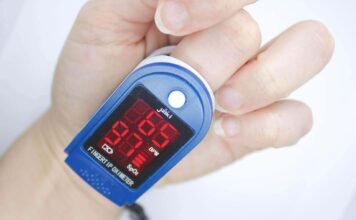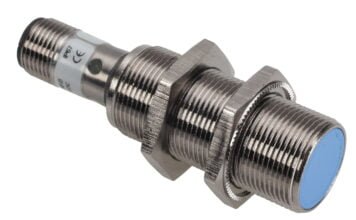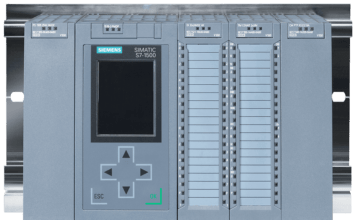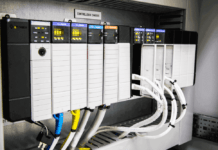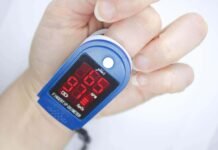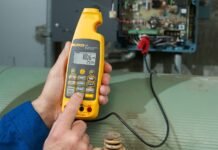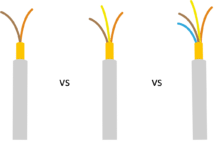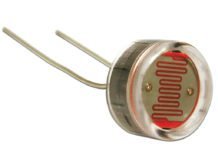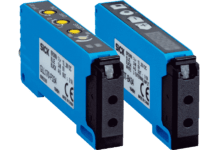Inductive Proximity Sensor: Working Principle and its Application
An inductive sensor is a type of proximity sensor.What does proximity sensor mean? Proximity sensor means - if any object comes into its vicinity,...
Become a PLC Pro: The Ultimate Guide to Finding the Best PLC Training Courses
Are you interested in learning about PLC programming? Do you want to sharpen your skills and become a PLC Pro? If yes, then read...
What is PLC (Programmable Logic Controller)?
If you are associated with Industrial Automation, then you might have heard about PLCs – right?So, what is PLC? and why the name –...
How does Pulse Oximeter works?
You are likely to have come across Pulse Oximeters if you have been to a doctor for treatment of the illness.Although most people do...
How to measure a 4-20mA current loop?
Process industries require monitoring of pressure, temperature, pH level, etc. for smooth operation.These transmitters send information to PLCs or controllers on a 4 mA...
What is the difference between 2 wire 3 wire and 4 wire transmitters?
Wiring a process instrument is quite hectic. Because, before you wire it you should know whether the transmitter is 2-wire, 3 wire or 4-wire....
Light Dependent Resistor: Working Principle and its Applications
What is an LDR?
An LDR is a photoelectric device. LDR stands for Light Dependent Resistor also known popularly as photo-resistor.
Working Principle of LDR
The semiconductor...
How does a Fiber optic sensor work?
In this article, I would discuss what fiber optics are and how they work in industrial photoelectric sensing. Continue reading to learn key terms...
Basics of Ladder Logic
Ladder logic is one of the most popular PLC programming languages used by electrical engineers. The inputs, outputs, and logic functions used in ladder...
How do LED Wickets in Cricket works?
If you are watching cricket then you might have noticed flashing LED Wickets system. The bails and stumps LED lights flash when the ball...


